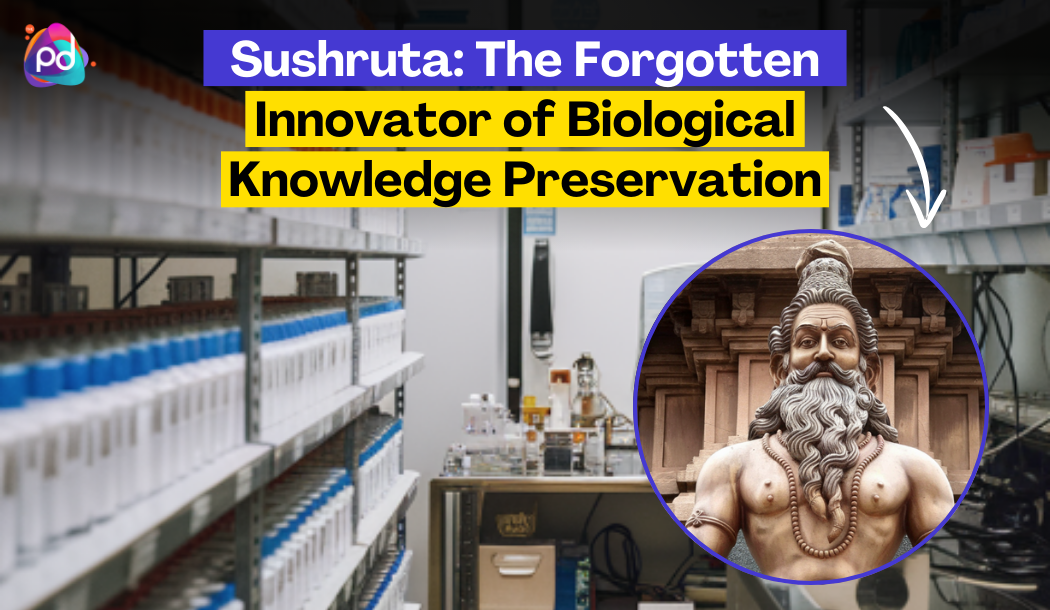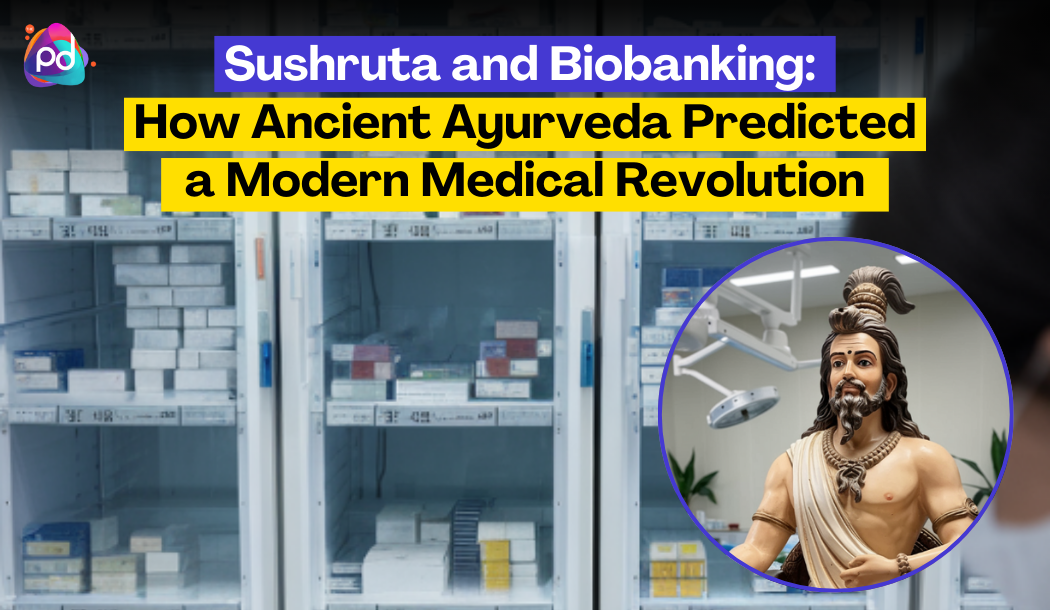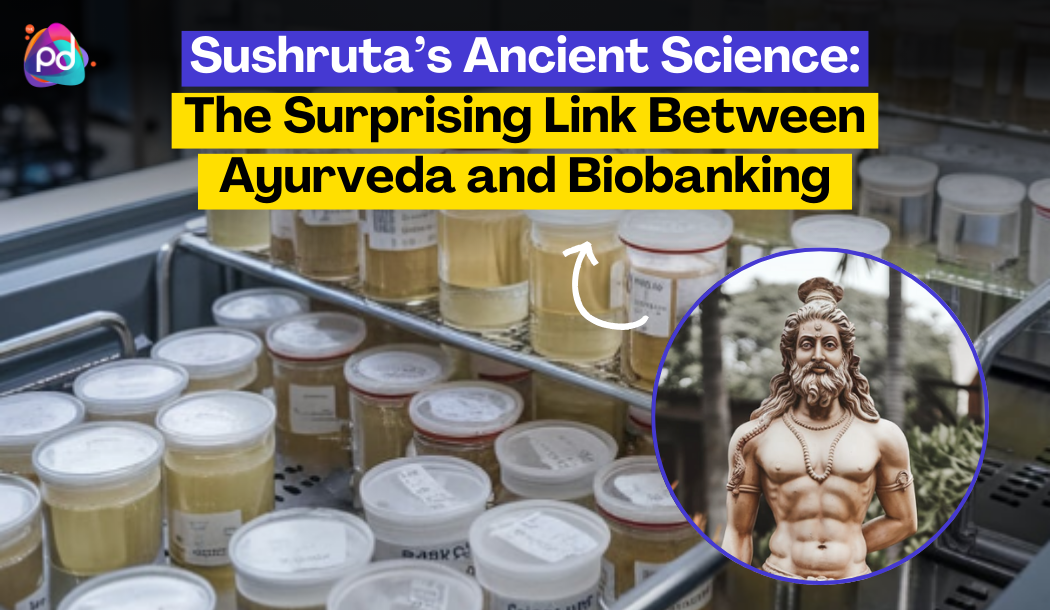Sushruta: The Forgotten Innovator of Biological Knowledge Preservation
When we think of modern medicine and biological knowledge, names of renowned scientists and institutions often come to mind. However, the roots of biological knowledge preservation date back to ancient times, with Sushruta, the legendary Indian physician and surgeon, who played a pivotal role in preserving and advancing biological understanding. Despite his monumental contributions, Sushruta remains a forgotten innovator, overshadowed by modern advancements in the field.
In this blog, we explore the life and legacy of Sushruta, his groundbreaking contributions to biological and medical science, and how his methods of knowledge preservation influenced the foundation of modern medicine.
Who Was Sushruta?
Sushruta, often referred to as the Father of Surgery, was an ancient Indian scholar and physician who lived around 600 BCE. His seminal work, the Sushruta Samhita, is one of the earliest known texts on surgery, anatomy, and medicine. This ancient manuscript laid the foundation for many principles still followed in modern medical practice.
While Sushruta is widely celebrated for his surgical techniques, his contributions to the preservation and dissemination of biological knowledge are equally remarkable.
Sushruta’s Contributions to Biological Knowledge Preservation
1. The Sushruta Samhita: A Timeless Repository
The Sushruta Samhita is more than a medical treatise; it is a comprehensive manual on human anatomy, diseases, treatments, and surgical techniques. Written in Sanskrit, this text served as a blueprint for preserving biological knowledge in an era where oral tradition dominated.
Key aspects of the Sushruta Samhita:
- Detailed descriptions of human anatomy based on dissections.
- Extensive chapters on surgical instruments and techniques.
- A classification system for diseases, treatments, and medicinal herbs.
- Ethical principles for physicians, predating the Hippocratic Oath.
2. Emphasis on Education and Knowledge Sharing
Sushruta believed that medical knowledge should be preserved and passed on for the benefit of humanity. He advocated for structured medical education, including hands-on training, dissections, and theoretical knowledge.
His teaching methods laid the groundwork for formal medical education systems worldwide.
3. Anatomical Studies Through Dissections
Sushruta pioneered the practice of dissections to study human anatomy—an approach that was revolutionary for its time. By meticulously documenting his findings, he ensured the preservation of biological knowledge that could be referenced and improved upon by future generations.
Why Sushruta’s Legacy is Relevant Today
1. Foundations of Modern Surgery
Many of Sushruta’s techniques, such as cataract surgery, skin grafting, and rhinoplasty, are still practiced in modern medicine. His meticulous documentation ensured that these techniques were preserved for centuries.
2. Preservation of Ancient Biological Knowledge
In a time without modern storage systems, Sushruta ensured that biological and medical knowledge was systematically preserved through his writings, creating a legacy that transcended generations.
3. Ethical Medical Practices
Sushruta’s emphasis on patient care, physician ethics, and the holistic approach to treatment remains relevant in modern healthcare practices.
Challenges to Preserving Sushruta’s Legacy
Despite his contributions, Sushruta’s legacy has often been overlooked in global discussions about the history of medicine. Several factors have contributed to this:
- The decline of Sanskrit as a scholarly language.
- Limited global awareness of ancient Indian medical practices.
- Fragmentation and loss of manuscripts over time.
However, with renewed interest in ancient knowledge systems, efforts are being made to bring Sushruta’s contributions to light.
Sushruta’s Influence on Modern Biological Preservation
Today, the principles of biological knowledge preservation are more advanced, utilizing tools like biobanking, digital databases, and AI-driven systems. Yet, the core idea of preserving and sharing knowledge for future generations, championed by Sushruta, remains the same.
Modern biobanking, for example, mirrors Sushruta’s vision by systematically collecting, preserving, and documenting biological samples for future research.
Conclusion: Honoring a Forgotten Innovator
Sushruta’s contributions to biological and medical sciences are unparalleled. As the forgotten innovator of biological knowledge preservation, his work serves as a testament to the importance of systematically documenting and sharing knowledge.
At Vigisolvo, we draw inspiration from pioneers like Sushruta, who emphasized the need for knowledge preservation and dissemination. Through our biobanking solutions and other services, we strive to uphold the same principles of innovation, preservation, and accessibility.
Let’s celebrate the legacy of Sushruta by continuing to preserve and advance biological knowledge for the benefit of future generations.




